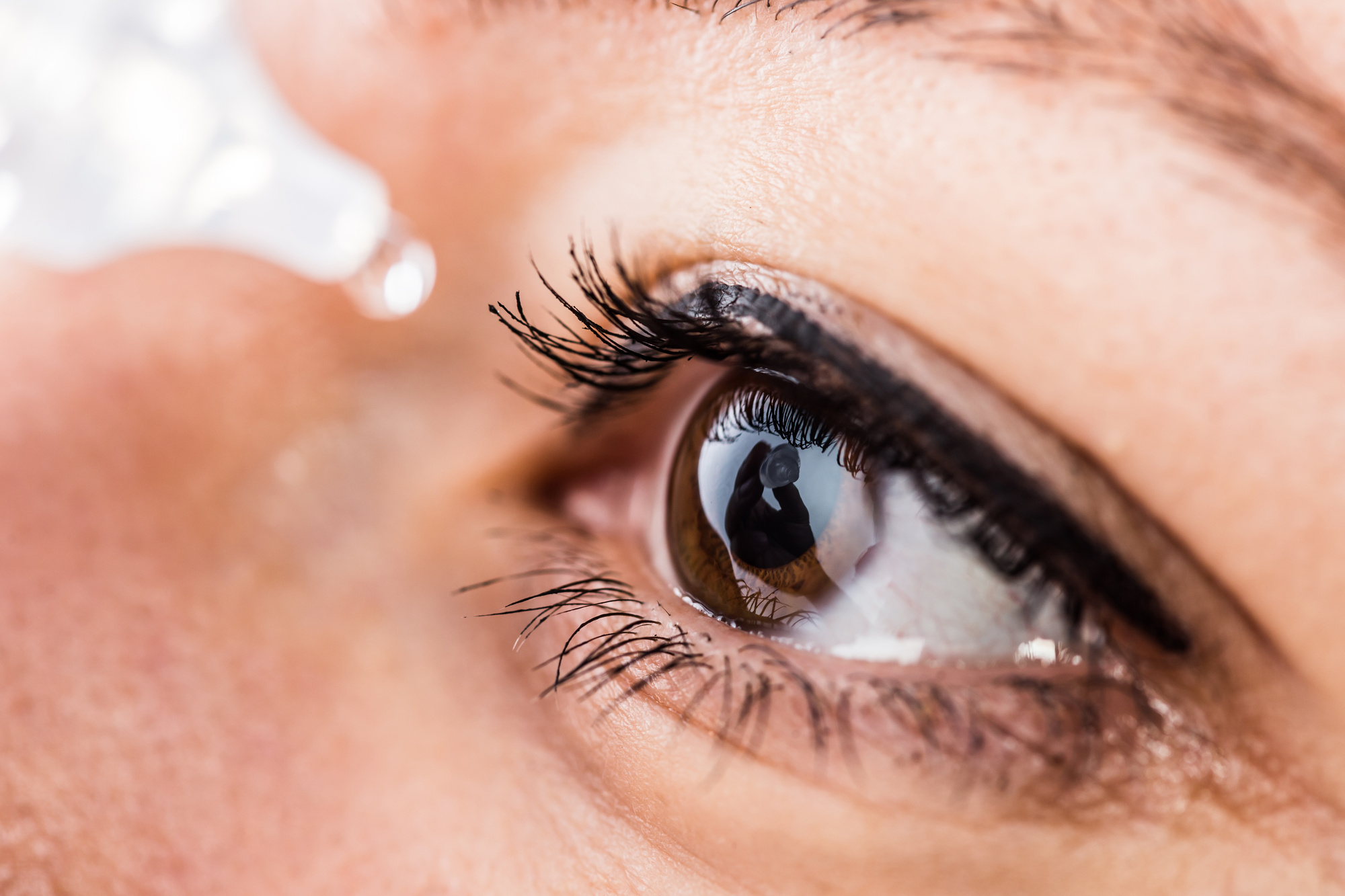
Did you know that 12 million Americans aged 40 years and over suffer from some form of eyesight problems?
Dry eye disease is a common disorder caused by problems with tear production. It causes dry, itchy eyes, which cause discomfort and make performing everyday tasks more difficult.
If you or somebody you know has been experiencing dry eye symptoms, you’re probably here looking for relief. Don’t worry – this guide explains the condition and outlines your treatment options.
Read on for everything you need to know about dry eye disease.
What Is Dry Eye?
Dry eye is a prevalent ocular condition that arises when your tears can’t keep your eyes lubricated enough. It develops if you don’t generate enough tears or if the tears you do produce are of low quality.
A variety of factors can cause insufficient and unstable tear production. Tear instability causes inflammation and damage to the surface of the eye.
Dry Eye Symptoms
Not everyone with dry eye disease experiences symptoms. However, w When symptoms do occur, they usually include both visual and tactile abnormalities. Although they vary from case to case, the primary symptoms of dry eye include:
- Scratchy or prickly eyes
- Stinging eyes
- Red or bloodshot eyes
- Photosensitivity
- Blurred vision
- Excessive tear production
- Pain when blinking
While it is rarely agonizing, dry eye disease can cause a lot of discomfort in patients. The consistent and annoying pain it causes can get in the way of everyday life.
Because dry eye disease isn’t always debilitating, many patients suffer without seeking treatment for their symptoms.
What Causes Dry Eye Disease?
Gland dysfunction can cause increased evaporation from the tear film. These dysfunctions are frequently linked to rosacea, Demodex mites, and other illnesses. Dry eye can also result from reduced oil production or changed composition, causing blocked tear ducts.
Reduced tear production is frequently linked to autoimmune or inflammatory diseases that damage the tear glands, such as lupus or rheumatoid arthritis. If you suffer from any of these illnesses, ask your doctor if they could be linked to your dry eye condition.
Dry Eye Treatment Options
Because dry eyes are often a long-term problem, most therapies aim to restore or maintain a regular quantity of tears in the patient’s eye. Although there’s no definitive therapy for dry eye, potential treatments include artificial tears, prescription eye drops, or corrective surgery. You should talk to your physician about what’s best for you.
You can also reduce the symptoms of dry eye disease by making healthy lifestyle choices. Limiting screen time, exercising regularly, and choosing a healthy diet can all help prevent the condition. This article explains more.
The Causes of Dry Eye Disease Explained
The symptoms of dry eye disease can range from a daily annoyance to a debilitating condition. By learning to recognize and identify these symptoms, you’ll be one step closer to finding a way to manage the condition.
If you found this article informative, check out the rest of our blog for more topics and discussion.



Leave a Reply